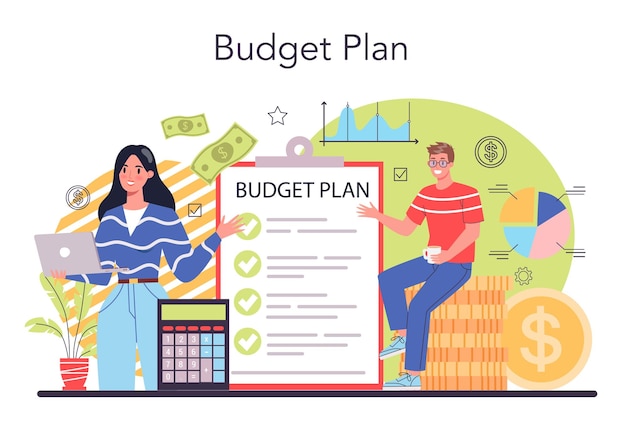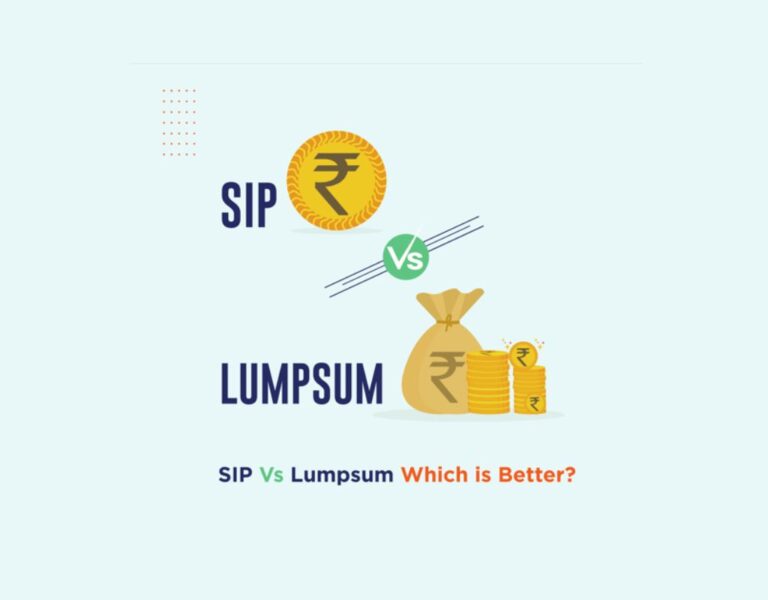The Ultimate Guide to Budgeting Strategies for Financial Success 💰📊
Managing money effectively is key to achieving financial stability and reaching your long-term goals. Whether you’re trying to save for a big purchase, pay off debt, or simply gain better control over your finances, a solid budgeting strategy can make all the difference. In this comprehensive guide, we’ll explore the best budgeting strategies to help you take charge of your finances and build a secure future. 🚀

Why Budgeting Matters 💡
A budget is more than just a spending plan—it’s a roadmap to financial success. Here’s why budgeting is crucial: ✅ Helps you track where your money is going.
✅ Prevents overspending and impulse purchases.
✅ Encourages saving for emergencies and future goals.
✅ Reduces financial stress and uncertainty.
✅ Enables smarter investment and wealth-building decisions.
Now, let’s dive into some of the best budgeting strategies you can adopt today! 🏆
1. The 50/30/20 Rule 📏
One of the simplest and most effective budgeting methods is the 50/30/20 rule. This strategy divides your income into three categories:
🔹 50% for Needs – Essentials like rent, utilities, groceries, and insurance.
🔹 30% for Wants – Entertainment, dining out, vacations, and non-essentials.
🔹 20% for Savings & Debt Repayment – Emergency funds, retirement savings, or paying off loans.
This method is ideal for those who want a structured yet flexible budgeting plan that ensures financial balance. 🎯
2. Zero-Based Budgeting (ZBB) 📝
With zero-based budgeting, every dollar has a job. At the beginning of each month, you allocate your entire income into different categories, ensuring your total income minus expenses equals zero.
🔹 Assign money to fixed expenses (rent, insurance).
🔹 Set aside funds for savings and investments.
🔹 Plan for variable costs like groceries and entertainment.
🔹 Every dollar must be accounted for, leaving no unplanned spending.
This budgeting technique works well for detail-oriented individuals who want complete control over their finances. ✅
3. The Envelope System 💌💵
The envelope system is a cash-based budgeting method that helps curb overspending. Here’s how it works:
🔹 Withdraw cash for each budget category (groceries, gas, entertainment).
🔹 Place the cash into separate envelopes labeled by category.
🔹 Once the envelope is empty, no more spending in that category until the next month!
This system promotes spending discipline and helps avoid credit card debt. Ideal for those who struggle with impulse purchases. 🛑
4. The Pay-Yourself-First Strategy 💼💸
This budgeting technique prioritizes savings and investments before any other expense. Here’s how you can implement it:
🔹 As soon as you receive your paycheck, set aside money for savings and retirement.
🔹 Pay necessary expenses after saving.
🔹 Whatever remains can be used for discretionary spending.
This method ensures consistent savings growth and financial security over time. Perfect for those focused on wealth-building! 📈
5. The Kakeibo Method 🏯🖊️
Kakeibo is a Japanese budgeting philosophy that emphasizes mindful spending and financial reflection. It involves:
🔹 Writing down your income and expenses manually.
🔹 Categorizing spending into needs, wants, culture, and unexpected costs.
🔹 Setting monthly savings goals and tracking progress.
🔹 Reflecting on purchases to identify unnecessary spending.
This method is great for people who want a hands-on, mindful approach to budgeting and saving money. 🧘♂️💰
6. The 80/20 Budget 🎯
A simplified version of the 50/30/20 rule, the 80/20 budget focuses on saving first and spending later:
🔹 Save 20% of your income immediately (retirement, emergency fund, investments).
🔹 Spend 80% on everything else (needs, wants, bills).
This strategy is easy to follow and great for people who prefer a low-maintenance approach to budgeting. 🚀
7. Reverse Budgeting (Income-Based Budgeting) 🔄💰
Instead of planning expenses first, reverse budgeting starts with savings:
🔹 Decide how much you want to save each month.
🔹 Allocate the remaining funds for necessary expenses.
🔹 Spend whatever is left guilt-free.
This method is excellent for goal-oriented savers who want to build wealth quickly! 🏦
8. The No-Budget Budget 🚫📊
For those who hate strict budgeting, the no-budget budget is a relaxed alternative:
🔹 Automate savings and bill payments.
🔹 Spend freely but track expenses regularly.
🔹 Avoid overspending by monitoring cash flow.
This works well for people who are naturally disciplined with money but don’t want to follow rigid structures. 🤹♂️
Tips to Stick to Your Budget 🏅
No matter which budgeting strategy you choose, here are some pro tips to stay on track:
✔️ Use budgeting apps like Mint, YNAB, or PocketGuard to monitor expenses.
✔️ Set realistic financial goals to stay motivated.
✔️ Automate bill payments and savings to avoid forgetfulness.
✔️ Adjust your budget regularly based on lifestyle changes.
✔️ Reward yourself for achieving savings milestones! 🎉

Final Thoughts 💭
Budgeting isn’t about restricting yourself—it’s about financial freedom and smart money management. Whether you prefer a structured approach like zero-based budgeting or a relaxed method like the no-budget budget, the key is consistency and discipline. Find the strategy that best fits your lifestyle, stick to it, and watch your finances flourish! 🌱💰
Start your investing journey with wealth wired.
Which budgeting strategy do you prefer? Let us know in the comments! 👇






